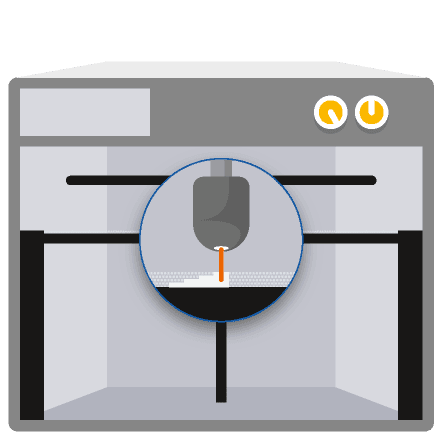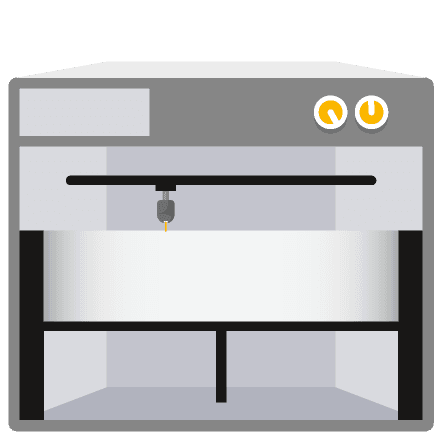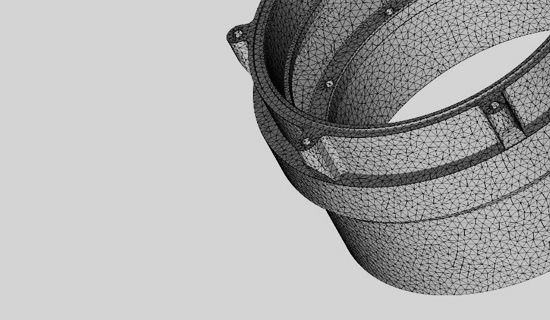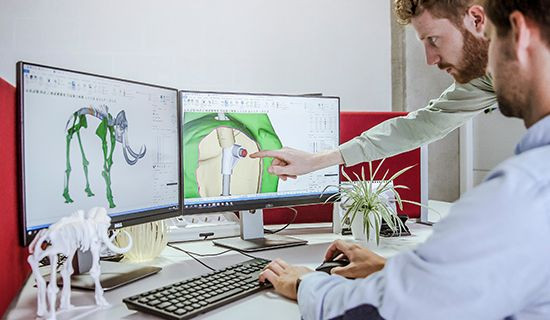Polypropylene is one of the most versatile and commonly used plastics in industrial production. 3D-printed PP is a translucent off-white material with exceptionally high elongation at break (>500%), and properties comparable to injection molded PP. Tough, fatigue-resistant and lightweight, PP is suited for form-, fit- and function-testing. Prototypes and test parts in 3D-printed PP carry the unique advantage of being produced in the same material as the end-part. Ideal applications include functional prototypes for snap-fit assemblies or living hinges in automotive components, packaging, and consumer goods.
Technical Specifications
| Standard lead time | Minimum of 7 working days, depending on part size, number of components and finishing degrees (online & offline orders) |
| Standard accuracy | ±0.3% (with lower limit on ±0.3 mm) |
| Layer thickness | 0.12 mm |
| Minimum wall thickness | 1 mm, but living hinges are possible at 0.4 mm in flat building orientation |
| Minimum detail | 0.3 mm |
| Minimum clearance | 0.6 mm between parts that need to be assembled 0.5 – 0.6 mm between shells of an interlocking part |
| Maximum part dimensions | 500 x 500 x 480 mm (offline orders) 175 x 175 x 480 mm (online orders) |
| Interlocking or enclosed parts? | Yes |
| Surface structure | Unfinished parts typically have a grainy surface. |
Datasheet
| MEASUREMENT | VALUE | STANDARD |
|---|---|---|
| Density | 0.84 g/cm³ | |
| Tensile Strength | 21.4 MPa | DIN EN ISO527 |
| Tensile Modulus | 907 MPa | DIN EN ISO527 |
| Elongation at Break | 529% | DIN EN ISO527 |
| Flexural Modulus | 698 MPa | DIN EN ISO178 |
Actual values may vary with build condition
How Does Laser Sintering Work?
Laser Sintering is a laser-based technology that uses solid powder materials, typically plastics. A computer-controlled laser beam selectively binds together particles in the powder bed, by raising the powder temperature above the glass transition point after which adjacent particles flow together. As the powder is self-supporting, no support structures are necessary.








